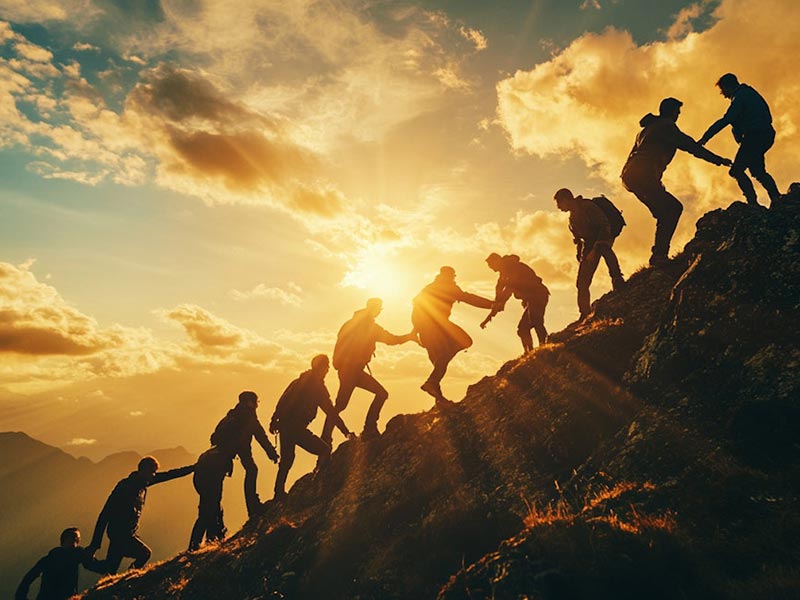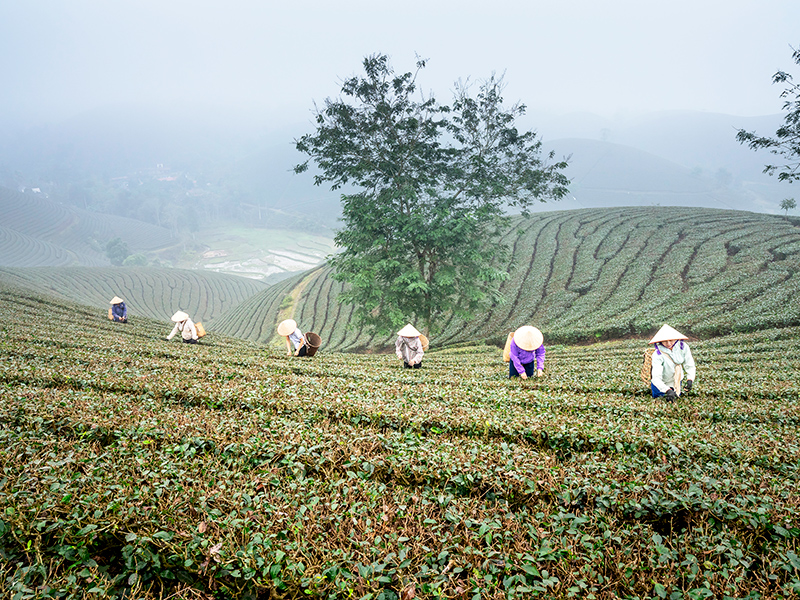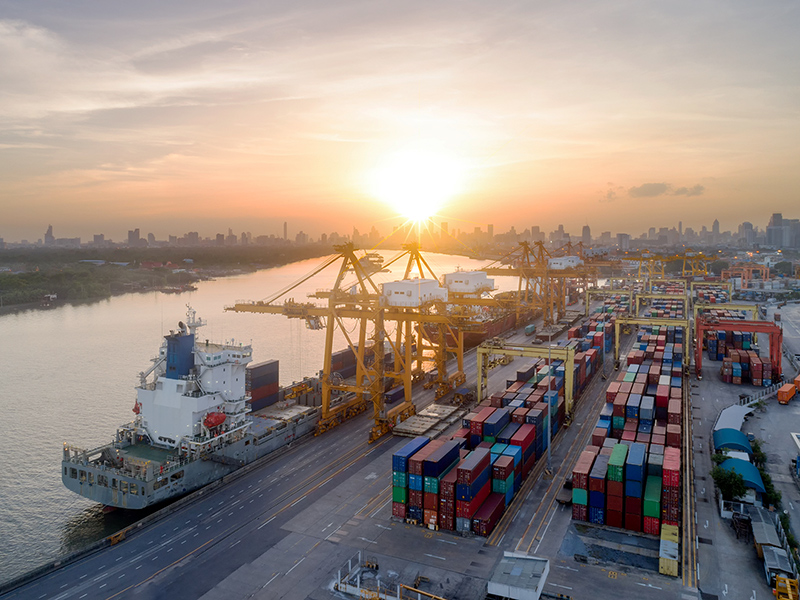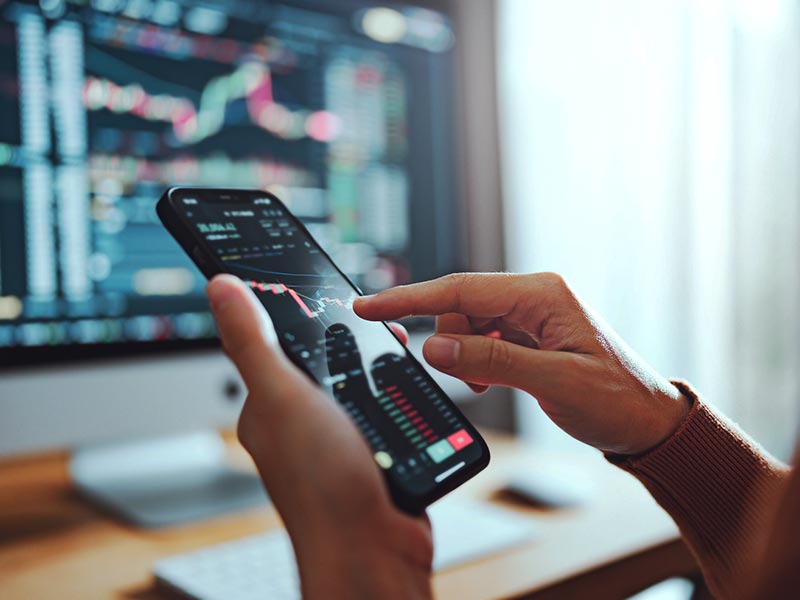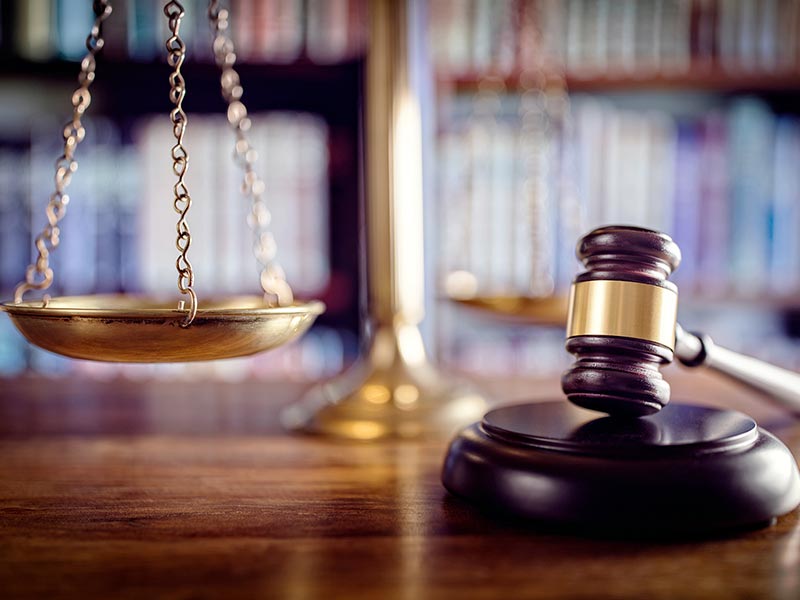
Authors
-
Samantha Harris
Former Associate Director, BSR
In what feels like the blink of an eye, COVID-19 has dislocated our daily lives, our economy, and the way we do business, with little visibility on when the crisis will be resolved. Our experience with this pandemic makes one thing very clear, however—we need to become more resilient, and people have to be at the core. Despite warning after warning of a potential pandemic, we weren’t ready for this public health crisis: governments, businesses, and people alike.
We’re similarly unprepared to respond to the climate crisis, especially as we enter the “decisive decade,” where action to reduce greenhouse gas (GHG) emissions and to adapt to immutable climate change impacts has never been more critical. Business has a critical role to play in helping to create a system that is better prepared to prevent and cope with the crises to come.
Another thing is clear: systemic socioeconomic inequality further exacerbates the dangers posed by both COVID-19 and the climate crisis to vulnerable populations. Both expose the underlying inequalities that exist today, creating disproportionate impacts on low-income communities, people of color, women, the elderly and those with pre-existing health conditions, who are more susceptible to both the virus and its knock-on effects.
Systemic socioeconomic inequality further exacerbates the dangers posed by both COVID-19 and the climate crisis to vulnerable populations.
In some parts of the United States, people of color are more affected by the virus, including lack of access to medical care and other long-standing inequities within health and economic systems. Low-income populations are less likely be able to work from home, increasing their potential risk of exposure. Vulnerable populations are similarly disproportionately affected by the impacts of climate change. When Hurricane Katrina hit New Orleans in 2005, low-income people and women of color and their children bore the brunt of the disaster, forced to flee their homes to often unsafe, temporary living situations and exposing themselves to increased gender-based violence.
People with disabilities and the elderly may be more likely to struggle in the face of COVID-19 response measures, such as social distancing, since many rely on the support of others for essential tasks and often already have compromised immune systems. These factors can pose similar challenges in the face of climate-related disasters.
The COVID-19 crisis has also greatly affected migrant workers and refugees, preventing those seeking asylum from gaining access to countries as borders closed over fear of virus spread. This leaves refugees in unsafe situations without basic needs. A similar situation is unfolding with the climate crisis, which is projected to increase the number of refugees, adding stress to already overburdened development and aid systems.
Whether it’s a pandemic or climate-related impact, those with the least, and those faced with the most extreme socioeconomic barriers, will suffer the most. The impacts these populations face have the potential to disrupt business, from operations and supply chains down to the vital communities on which business depends.
COVID-19 and Climate Change Responses: Shared Learnings
Both the pandemic and climate change manifest themselves in physical impacts. And although the impact of the pandemic is here and now, while climate impacts vary in degree and timeframe (i.e. acute events like extreme weather events, flooding, drought, and changes in vector-borne diseases; chronic events like sea-level rise), there are clear similarities in the infrastructure and systems required to mount an effective response.
One common learning is that we need to redesign the way we recover from these shocks. In both cases, our recovery must be just and inclusive of the most vulnerable, taking a more holistic approach and putting people at the center of our forward-looking plans, both in the short and long term.
Planning for a more uncertain future from unknown shocks, including those caused by climate change, will help businesses and society become more prepared with less stress on people and the planet.
The economic downturn has only begun, but it is obvious that the economy and jobs, people’s livelihoods, are critical to our recovery from the pandemic, as well as when we design climate solutions. More than 30 million Americans have filed for unemployment, with certain industries more affected than others. Our recovery must be designed to ensure that people don’t bear the brunt of the adjustment cost of getting back to work post-pandemic. This is also true within the climate crisis as we transition away from fossil fuels to renewable energy. It’s critical that we ensure that the people and communities dependent on high-carbon jobs aren’t left behind. Addressing the climate crisis has the potential to create new markets and jobs within the renewable energy sector—jobs that won’t depend on the volatile carbon market or carbon-intensive assets. Creating preventative plans and systems that both address current unemployment from COVID-19 and help society respond better to future inevitable climate impacts will create a more resilient and healthier economy.
And finally, with the pandemic halting business as usual, we’re already seeing reduced GHG emissions, even if temporary. While we know that this isn’t enough to keep global warming in line with the Paris Agreement goals, it’s likely that some changes will remain in practice and that can have a lasting, positive effect on society. These include the increase in remote working and decrease in demand for in-person meetings, with technologies having already improved in the weeks during the pandemic (although equitable access to technology remains an issue in many communities and households). Planning for a more uncertain future from unknown shocks, including those caused by climate change, will help businesses and society become more prepared with less stress on people and the planet.
Resilient Business Strategies for a Better Recovery
There is a tremendous opportunity for business to take the lead. While this pandemic has revealed opportunities where we can improve our approach to resilience planning, it has also proven that both businesses and governments can act, and they can act quickly. Imagine the difference in our response had there been a holistic plan to address the pandemic? We can and must prepare for the next pandemic, or the impacts of climate change, with resilient business strategies that put people at the center.
Here are some mutually reinforcing interventions businesses can take considering COVID-19 and the climate crisis:
- Understand your company’s vulnerabilities to short- and long-term shocks across your entire value chain by undertaking the necessary risk assessments and scenario planning. This strategic foresight can help to identify potential future shocks and lead to the development of more holistic resilience strategies. This includes the consideration of how sudden changes can magnify one another, including how climate change can potentially exacerbate a company’s existing vulnerabilities. BSR’s Sustainable Futures Lab helps companies understand how these changes can affect businesses, and the Taskforce for Climate-Related Financial Disclosures (TCFD) embeds scenario analysis into its recommendations. The benefits go beyond looking at future climate impacts but also examining how multiple shocks can compound each other.
- Strengthen your company’s resilience plans through collaboration with other relevant stakeholders, including other businesses, government, and civil society. For example, BSR’s Value Chain Risk to Resilience platform collectively aims to build resilience holistically through climate risk assessments, business integration, and governance from the top to their on-the-ground communities fundamental to their existence.
- Ensure that the most vulnerable are at the center of core business resilience planning. Invest in the resilience of these vital and surrounding communities, including employees, within your business’ operations, supply chain, and markets—the solutions should address the inequalities, health systems and well-being of the people.
- Help create jobs post-pandemic by investing in renewable energy—this will provide new, long-term jobs. Transitioning away from fossil fuels and procuring renewable energy should be done through an approach that puts people at the center by respecting human rights and that leaves no one behind.
- Formalize new ways of working that have co-benefits both for your people as well as the environment, starting with less business travel and better videoconferencing. Embedding this into your system now will help reduce your emissions and climate impacts.
As we scramble to contain the current public health crisis and the growing recession, we cannot afford to wait to address the climate crisis. It is clear that solving any future crises, and being truly resilient, will require all hands on deck for the type of systemic change necessary. Efforts will be needed from governments of all levels and from business of all kinds, including those with massive supply chains and those that make up the local communities on which we depend for our daily existence, and it will also come down to the decisions that we make on an individual basis. Redesigning our systems to address the systemic inequalities and vulnerabilities our society faces will help us to manage, and to recover from, the next crisis. Let’s come together to do the work now for a better future—one that boosts the resilience of those that need it most.
Topics
Let’s talk about how BSR can help you to transform your business and achieve your sustainability goals.



